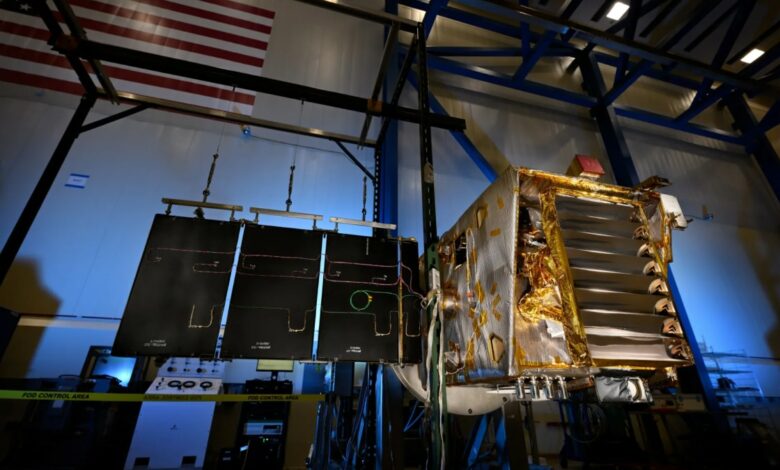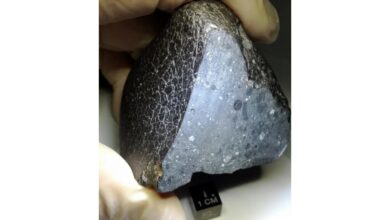NASA’s Lunar Trailblazer will explore the moon’s water and ice secrets

NASA’s Lunar Trailblazer mission will provide unprecedented insight into the moon’s hidden water. Built by Lockheed Martin and operated by NASA’s Jet Propulsion Laboratory, this small satellite aims to locate, measure and understand water on the moon’s surface. Launching next year, Trailblazer will play a crucial role in discovering the shapes and behavior of water in regions of the moon where it has long been theorized but rarely observed.
Mapping lunar ice and water
With two scientific instruments on board, the Lunar Trailblazer will map and identify surface water and ice on the moon. The high-resolution Volatiles and Minerals Moon Mapper (HVM3) is an advanced infrared spectrometer that can detect water in different states. It can peer into permanently shadowed craters and use sunlight reflections from crater walls to view areas untouched by light for billions of years. The second instrument, the Lunar Thermal Mapper (LTM), developed by the University of Oxford and funded by the UK Space Agency, will assess the thermal properties and surface minerals of these regions. Together they offer a dual perspective that promises to deepen our understanding of the moon’s water.
Potential impact for future exploration
The findings from Lunar Trailblazer will support future lunar missions by locating potentially accessible ice deposits. This knowledge is crucial for future explorers, who can use moon ice as a raw material for the production of oxygen or rocket fuel. Studying the ice composition could also provide clues about the origin of lunar water, which could come from sources such as comets or volcanic activity on the moon. According to experts, nuclear samples from the moon’s ice could provide a historical record comparable to that of glaciers on Earth, which could shed light on the origin and history of water on the moon.
Preparing for launch
The mission began in 2019 as part of NASA’s SIMPLEx initiative and is now in its final stages of preparation. After successfully completing environmental and operational testing, the Lunar Trailblazer will share a launch with Intuitive Machines-2. Its lightweight design, which weighs just 440 pounds and measures 3.5 meters when fully deployed, makes it ideal for planetary exploration. With mission operations led by Caltech and supported by JPL and Lockheed Martin, the Trailblazer will soon enter a new phase in lunar science.




